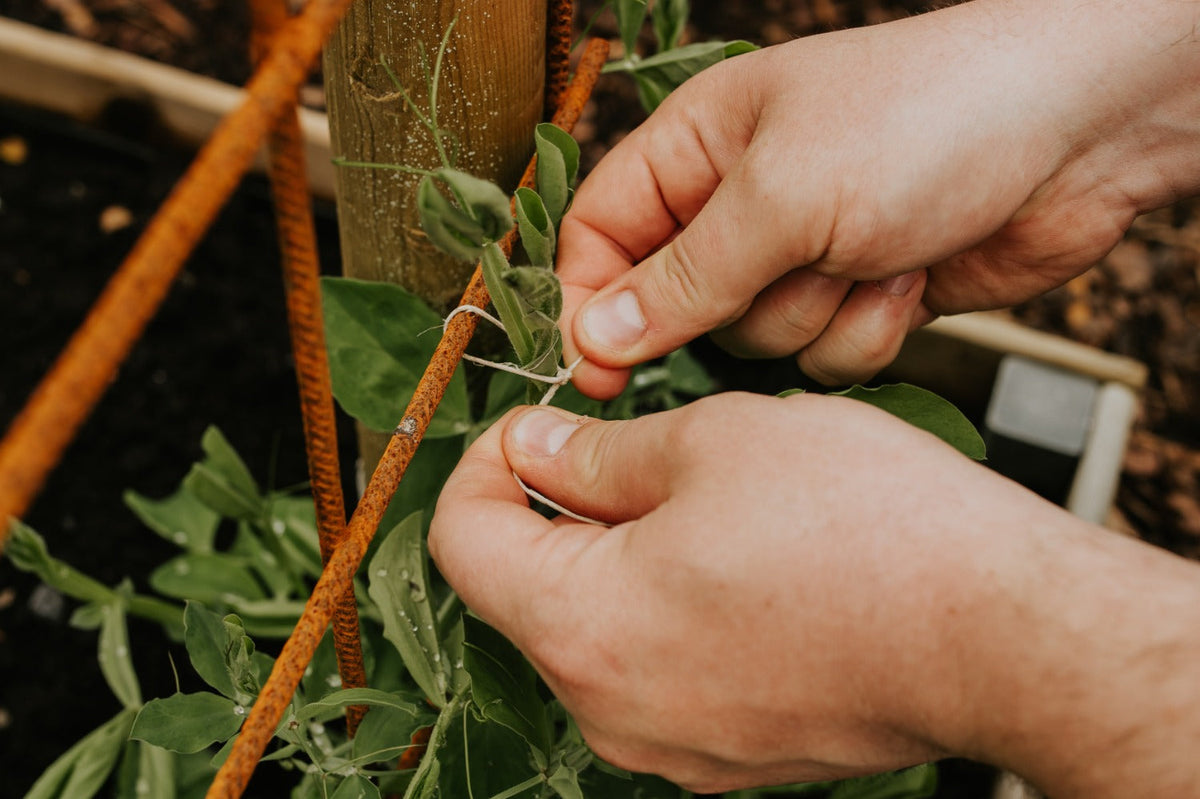
Garden chores in June: tying up sweet peas and sowing sunflowers
|
Tijd nodig om dit artikel te lezen: 1 min
|
Tijd nodig om dit artikel te lezen: 1 min
With June, summer will soon start and that is a nice prospect. You see the garden change a little every day . Flowers will bloom more exuberantly and the colours will become warmer and richer. But what garden chores are waiting for you in June? Below we will talk about tying up Lathyrus or sweet peas, sowing last-minute sunflowers and pruning Nepeta or catnip .
Did you know that we also have a well-stocked YouTube channel? With over 450 videos, we have a large database of information. Be sure to check out YouTube and subscribe, so you can stay up to date with the latest videos.
In this video Angelo tells you what chores need to be done in the garden in June .
Lathyrus or sweet peas that you sowed in February or March are now growing well. Here and there you can even see the first flower buds appear. So it won't be long before they start flowering. But to keep them healthy, it is important to tie them up regularly in June. Lathyrus can grow well and make long shoots that need to grow against something. By tying them up with a string, you ensure that the plant finds more support and ultimately remains stable and will flower well later. Oh yes, another tip: Lathyrus hates drought . If it is dry for a long time in June and July, make sure you give it extra water regularly.
Now sow sunflowers, we hear you thinking out loud. Yes! By sowing sunflowers in different stages, you can enjoy them longer . If you sow in June, you will have flowers at the beginning of September. Great for extending the flowering period and still having plenty of flowers in the autumn. You can sow them in advance, but you can also sow them directly in their final location outside. Watch out for snails , because they are also very much on the prowl in June.

